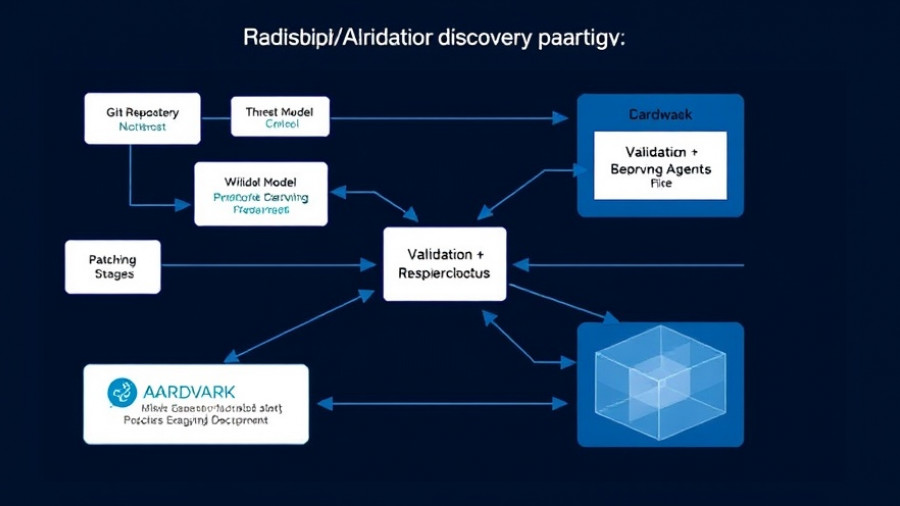
Unleashing the Power of AI: Transforming EHS & Sustainability Practices
In recent years, the role of Artificial Intelligence (AI) in Environmental Health and Safety (EHS) and sustainability has gained tremendous momentum. As organizations strive for safer work environments and better environmental practices, AI agents have emerged as pivotal tools in addressing these evolving challenges.
What Are AI Agents and Their Impact?
AI agents represent a new wave of machine intelligence capable of executing tasks that traditionally required human oversight. According to recent analysis, AI-powered EHS software solutions are becoming essential in not only risk management but also improving overall operational efficiency. With capabilities ranging from real-time hazard monitoring to automating compliance reporting, these tools are designed to enhance safety practices by transforming data into actionable insights.
The Verdantix Green Quadrant report highlights the key drivers of this transformation, noting that EHS and Environmental, Social, and Governance (ESG) considerations are increasingly interconnected. With market projections suggesting a substantial expansion in the EHS software market, companies are recognizing the necessity of integrating AI solutions to address critical issues such as serious injuries and fatalities (SIFs).
Groundbreaking Research and Innovations
Recent advancements in AI, such as those reported by VelocityEHS, reveal exciting pathways for integrating deep learning in workplace safety. Their publications outline innovative methodologies in ergonomics risk assessment, enhancing the analysis of musculoskeletal disorder (MSD) risks utilizing Natural Language Processing (NLP). This research aims to revolutionize safety practices by providing clear action plans rather than merely generating risk scores.
Moreover, by implementing AI systems tailored for environmental analytics, organizations can facilitate efficient ESG reporting—automating the extraction and answering of questions within extensive ESG documents, thus saving valuable time and resources. Such innovations indicate an unprecedented harmonization between technology and sustainability efforts.
Future Predictions: Where Is AI in EHS Headed?
Looking ahead, industry experts suggest that as AI capabilities expand, so will their applications in EHS and beyond. AI is anticipated to not only streamline reporting processes but also to redefine how organizations approach compliance and risk management. This evolution includes greater collaboration among AI software vendors, as they seek to specialize in niche areas like emissions tracking and industry-specific solutions.
Additionally, with the rise of AI agents performing complex and safety-critical tasks, organizations must be prepared to adapt to a future where human judgment remains complemented rather than replaced by technology. This symbiotic relationship could mark a significant transition in how workplace safety and environmental sustainability are managed.
Embracing AI for a Sustainable Tomorrow
The integration of AI agents into EHS processes emphasizes the growing relevance of technology within organizational frameworks. By adopting these innovations, businesses can better protect their workforce and take meaningful strides toward sustainability goals. Companies that leverage AI effectively position themselves not only to meet compliance requirements but also to achieve broader social impact objectives, promoting a culture of safety and responsibility.
As we navigate the rapidly changing landscape of EHS, the conversation around AI's role in sustainability is only just beginning. For organizations looking to excel in these areas, now is the time to embrace AI technologies to drive progress rather than merely respond to promises and potential.
Call to Action
To stay informed and lead the way in EHS and sustainability innovation, organizations must consider integrating AI solutions into their core strategies. For more insights on how AI can transform your EHS practices, explore comprehensive reports and stay engaged with industry thought leaders.
 Add Row
Add Row  Add
Add 




Write A Comment